Pacific Strike
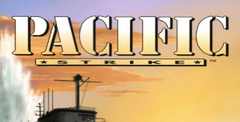
| a game by | Origin Systems |
| Platform: | PC (1994) |
| User Rating: | 8.0/10 - 2 votes |
| Rate this game: | |
| See also: | Flight Games |
Okay, to begin this review I'm going to lay my cards face up on the table so you know exactly where I'm coming from. Here's the hand.
- Card 1:1 never liked Wing Commander.
- Card 2: Or Wing Commander 2, come to that. Card 3: Or all their squillion add-on disks.
- Card 4: But then came Strike Commander, which I sort of had high hopes for because at last there was going to be some kind of 'depth' to the graphics.
- Card 5: Er, but it turned out to be pretty crap too - mainly because it tried to have too much visual depth.
- Card 6: Enter Privateer (i.e. Wing Commander 3). In other words 'go back eight spaces and miss a turn'. Yawn.
- Card 7: Several moons pass.
So there you have it, and that's my hand at this exact moment in the review of Pacific Strike: I'm not an Origin junkie and don't assume that everything they do is going to be a classic. It would appear, however, that the gaming world is split roughly 50/50 on exactly this point - and if you come from the 'other' camp you'll probably be thinking something along the following lines: "This bloke's an absolute arsehole... all those Origin games he's just slagged off are brilliant and, judging by the screenshots, this one's going to be the best yet. I'm off down the shops!"
Bye bye...
Well that's got rid of them, then. So back to the task in hand. First of all a basic outline of.how Pacific Strike plays might be in order. Like all the previously mentioned Origin games, Pacific Strike contains plot parts and action parts. The idea is that the ongoing storyline and character developments are meant to be as engaging as the actual direct interaction (i.e. the flying of your plane and the shooting down of things). And nobody in their right mind could argue with the logic of that. It's the way computer games have to go. (The only surprising thing is that very few designers apart from Origin seem to have recognised it... it's been blindingly obvious for years.) So full marks to Pacific Strike for the basic format, but how about the implementation? We'll be getting to that later, but first the story.
The story
It couldn't be simpler actually. The game starts just after the Japanese air-strike on Pearl Harbour ("Eh? What's that then?" A very stupid reader.), and it's up to you and the squadron to which you become assigned to teach Johnny Nip a lesson he won't forget - and, ultimately, to win the war in the Pacific. The first thing that happens in Pacific Strike is that you're assigned a wingman.who you soon realise (after clicking your way through the initial illustrated dialogue section) to be seriously gung ho. (Let's get airborne, you say. "God bless America," he replies. Do you want a half pound slab of lightly fried red meat, you say. "You've goddamned overcooked it," he replies. That sort of stuff.) But anyway that's the first 'plot bit', just you meeting the first person in the game, and it's followed, as you might have guessed, with the first 'action bit'.
The mission is as follows. A couple of Japanese fighter/bombers are attacking your airfield, and you and your John Wayne-style, Stormin' Norman pal have to take off as quickly as possible and deal with the situation. After a certain amount of time in the air you receive a distress call from a nearby allied warship: "Jap torpedo planes have been spotted... help!". So, presuming you've dealt with the first lot, it's off to shoot down wave two - which is made more difficult by the flak pouring out of the ship you're trying to defend. Save the day, however, and you'll be allowed to land back at the airfield - whereupon you're whisked straight off into another 'plot part', clicking your way through screen upon screen of semi-animated dialogue. Time to meet some new chums. Time to explore the carrier that now becomes your permanent base. Time to go to your first briefing session. Time to get ready for your second 'action bit'.
So that's the drill
Yes, that's how it goes. Up in the air, carry out orders, try not to get killed, and then back to base, where it's time to click on various people in order to go through the semi-orchestrated conversations and watch the plot unfold. As the game progresses you might find yourself going on a mission with a computer character you've 'bonded' with, and might find that, due to a mistake on your part, this person gets shot down and killed. On return to the carrier you obviously won't be able to continue your banter, and will have to get to know the replacement instead. Essentially all the characters in Pacific Strike, just like characters in movies - and indeed characters in real life - have distinct personalities. It's an important part of the game. And the dialogue isn't completely linear, either... That's to say that the cast will react to you in different ways depending on what you've done previously.
Here's a rough Pacific Strike gameplay flow-chart. Up in the air, complete mission, land, talk to four people, learn fact A about person B. Next mission briefing. Up in the air, complete mission, land, talk to three people, learn fact C about person A, meet new chum (person F), get summoned to Captain's quarters, get told off about something. Next mission briefing. Up in the air, complete mission, land, learn amazing fact from person Z about the ship's cook and then find your carrier assigned somewhere else in the Pacific Ocean. And on and on. Take note, though, that the flow-chart you've just read is ever-so slightly misleading, because the bits that said 'up in the air, complete mission, land' are gross simplifications. Yup, Pacific Strike is hard. There are heaps of difficulty levels, sure, and you can just about make yourself indestructible - but at the end of the day, and to get full satisfaction from the whole experience, you'll want to play it with the difficulty levels set at the thicker edge of the realism wedge. (Oh, and you'll also want to be playing the game on a Cray Supercomputer the size of Sicily - but more of that later.)
The combat
Take-offs, landings and flying between waypoints can be done on autopilot (if you want), but when the shit hits the fan you're going to find quite a lot of it splattering onto your joystick. You are now in complete control. There are three main combat modes, and they're much the same as in Aces In The Pacific, the yonks old Dynamix game. Basically you'll either be dogfighting Japanese planes, dropping bombs on Japanese airfields, or launching torpedoes at Japanese ships. And while you and your wingmen are doing all this, of course, the Japanese will be fighting back. And boy, do they fight back. Full marks to Origin on the artificial intelligence of the enemy pilots -the best I've seen in any wwii game to date, in fact. Possibly in any flying game, come to think of it. You know all the little tricks you do, as a human being? Like the Immelmans, the Split Ss, the YoYos and so on? And the way that you splice various manoeuvres together depending on your current situation? Or how you just make them up as you go along? Well, the Japanese in Pacific Strike do the same. It's not unlike playing against real human foes in a head-to-head link-up session, to be honest. They use the whole sky to their advantage, and you can never be too sure what they're going to be doing next. For this reason alone it's worth knowing that, like all sims worth their salt these days, Pacific Strike has a padlock view.
However, by the same token - and as with most other padlock views - things can get confusing. I found myself yearning, at times, for the simple system used by Chuck Yeager's Air Combat: i.e. stick to the full screen forward view, and when the enemy pulls up and out of sight, a tiny cross appears and tracks about the perimeter of the screen, giving you as much information as you need regarding his basic whereabouts. Still, that's nit-picking. Dogfighting in Pacific Strike is fun enough as it is. As are the bombing and torpedo runs. (Strike Commander, the prequel, suffered from an ailment of ground objects seemingly appearing 'detached' from the ground -Pacific Strike has sorted this problem out.) Oh, and the flak is superb by the way... whenever you take a hit (or even a near miss) your plane jiggers about like nobody's business, and you get bright 'flashy light' effects to boot. It's enough to make a grown man 'go to the toilet' in his trousers.
Get shot in both eyes
If you've watched more than eight wwii films you'll be aware that rear gunners in fighter planes have a tendency to die with blood streaming from their eye sockets. And guess what? In Pacific Strike you can die in the same way. I'm not saying that the game actually simulates it graphically, but I am saying that yoh can imagine it -because you can be a rear gunner. The first plane you're in charge of has only you on board, but as Pacific Strike progresses more aircraft are made available. At the outset of each mission you can point and click at the plane of your choice, some of which have a ninja gun at the back as well as at the front. While you're doing the actual piloting of the plane, the computer controls the rear gunner for you - but the point is that if you happen to have a crap character in the back seat, the computer isn't particularly accurate. If you feel this to be the case, have nothing to worry about in front of you but a hell of a lot happening on your 'six', then you might want to (a) set the plane to a roughly straight and level attitude, and (b) press the relevant function key. Voila! Cue the best bit from MicroProse's B-17, with a freedom of movement covering 180 degrees to the left and right, and 90 degrees upwards. Blam blam blam! Acka acka acka! Blam blam blam! Incoming 'ping, ping, ping, ping'. Yaaaargh! Imaginary 'eye gore' all over your best flying jacket. Just the ticket.
Buzz, jerk, groan
So far so good then, but I bet you've got a feeling that Pacific Strike must have some kind of a skeleton in its cupboard. And indeed it has. And worse even than that, the cupboard door is open and the skeleton in question is blatantly visible from the outset. In the States (the main market for Origin's games, obviously), you can buy a Pentium PC (and Ninja everything else) set-up for about three pence. Over here in Blighty, however, after nine trillion years of corrupt, sinister and crap Tory rule, the same piece of kit costs roughly the same as a small house. Probably the average pc set-up in the UK (and this is a wild guess, forgive me if I've got it wrong) is going to be something like a 486 sx 25, and I reviewed Pacific Strike on a 486 dx 33. Sufficient equipment? Not on your nelly. All the nice, 'clever', effects had to be switched off to make the game playable. No sea texture. No brilliant clouds. Off with the plane's guru shading. Down with the detail level (I juggled it so I could keep the 'distance' setting set to maximum). And even when you've got your happy medium, you're still plunged into a world of slight jerkovision and the occasional disk accessing pause from Hell. (I was about to reboot at one point, thinking the game had crashed... my finger was resting on the reset button when all of a sudden everything started moving again.) Add to this the long loading breaks between plot parts and action parts (a rating of 0.3 on the 'cigarettes smoked while waiting' scale) and you're approaching something of a nightmare.
The final dilemma
There's no doubt that as a 'fully rounded game as long as you see it at its best'. Pacific Strike shites on Strike Commander from about 3000 feet. The wwn setting works much better, and the former's ugly and unconvincing graphics have been revamped to the point where you may as well consider them to have been vaporised (with a couple of exceptions). And the arcadey challenge and the semi-interactive plot (cringe-worthy as it is at times) enhance each other to the point where the pace is just about perfect. If, that is, you own a top end machine.
What Pacific Strike (like everything else Origin produces) is saying to everybody is that it's time to upgrade again - but ultimately it comes down to whether or not you can afford to. In the States they already have upgraded, because (a) they're two years ahead and (b) the economy supports them. Over here, however, it's a different story. But let's not be fatalistic though, because it's not just down to our hardware inadequacies. For instance, Bullfrog has got a game in the pipeline called Magic Carpet, which I saw when I was down at the company doing a preview on Theme Park. Thanks to extremely clever programming. Magic Carpet's graphics are thrice as impressive as Pacific Strike's and move faster than the bowels of an oap after the insertion of a steam-powered chicken vindaloo suppository. 1 could be wrong when I say this next bit, but I get the feeling that Origin relies fairly heavily on new hardware to prop up its routines, while Bullfrog (amongst others) relies on expertise to get the best out of 'average' technology. Or something like that, anyway. Still, you've heard the whole story now, so it's up to you to decide - and the equation goes something like this: Local bus? DX2? Ninja graphics card? Ninja hard drive? Eight or more megs of ram? Then go ahead and buy Pacific Strike without any worries. 486 dx 33 with standard stuff on board? Then toss a coin, and if it comes up trumps, still give it a bit of thought. 386 sx 25 or less? ...Yeah, forget about it.
Download Pacific Strike

System requirements:
- PC compatible
- Operating systems: Windows 10/Windows 8/Windows 7/2000/Vista/WinXP
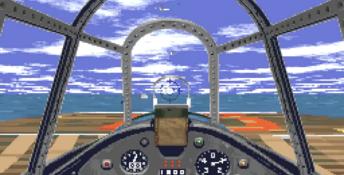
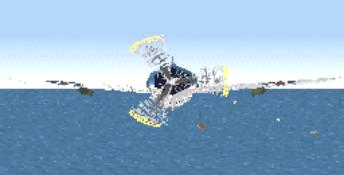
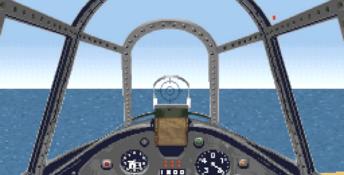
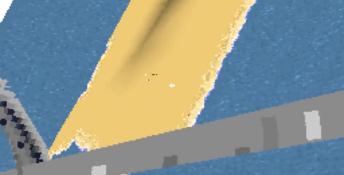
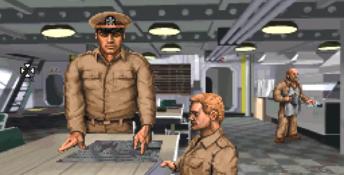
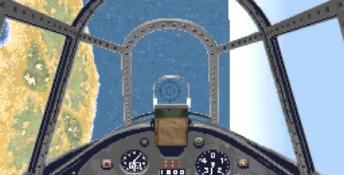
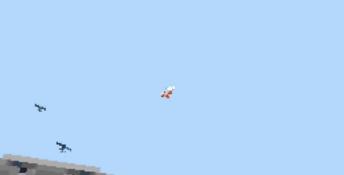
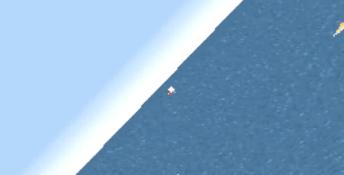
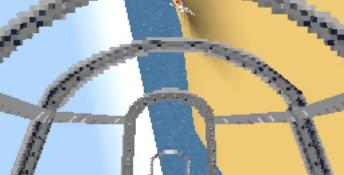
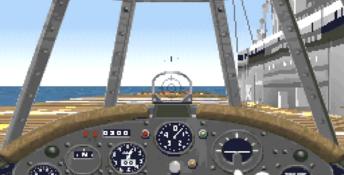
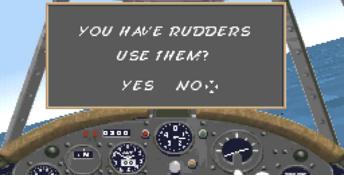
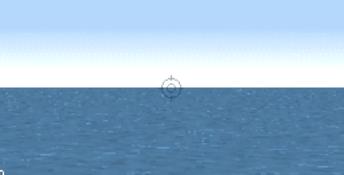
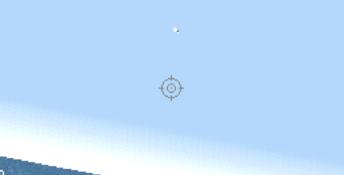
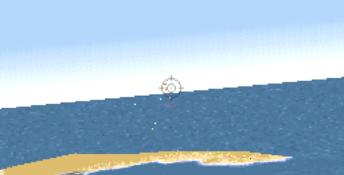
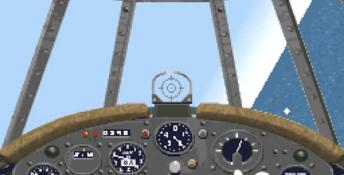
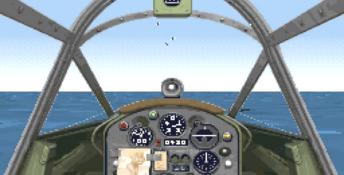
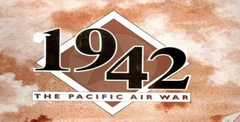 1942: The Pacific Air War
1942: The Pacific Air War
 Apache
Apache
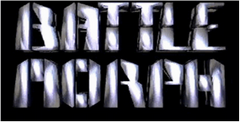 Battle Morph
Battle Morph
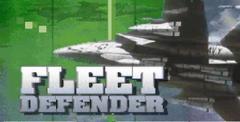 Fleet Defender
Fleet Defender
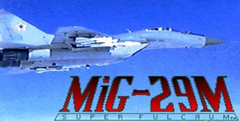 MiG-29M Super Fulcrum
MiG-29M Super Fulcrum
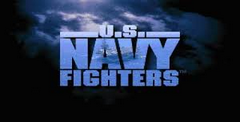 U.S. Navy Fighters
U.S. Navy Fighters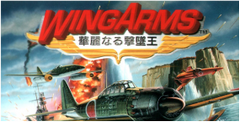 Wing Arms
Wing Arms